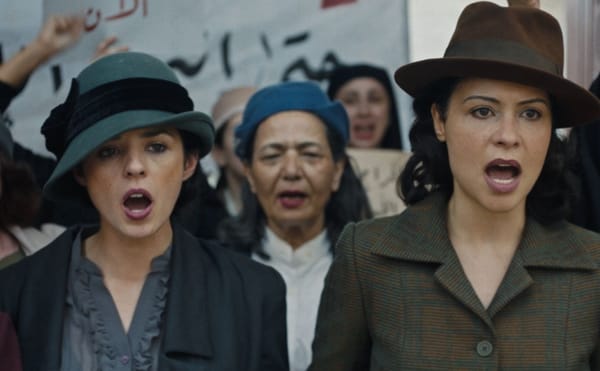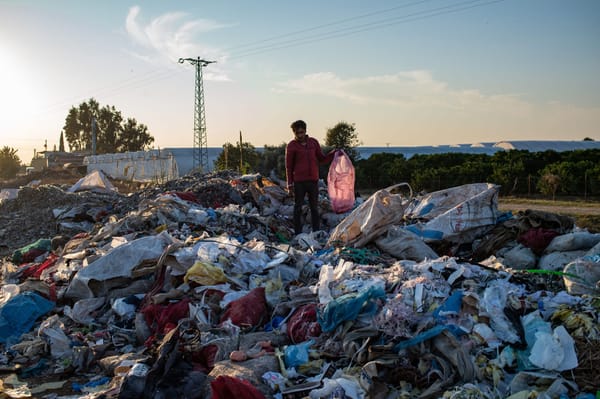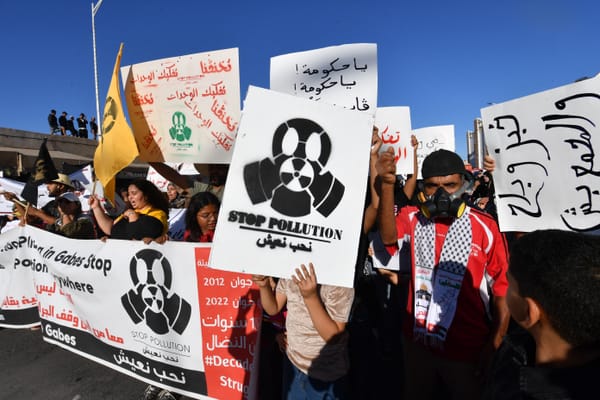Building Ethiopia's Revolutionary Party
In April 1976, more than 18 months after taking power, Ethiopia’s ruling Provisional Military Administrative Council (PMAC) finally provided an elaborated ideological basis for the Ethiopian revolution. The National Democratic Revolution Program, published that month, included many of the changes de









